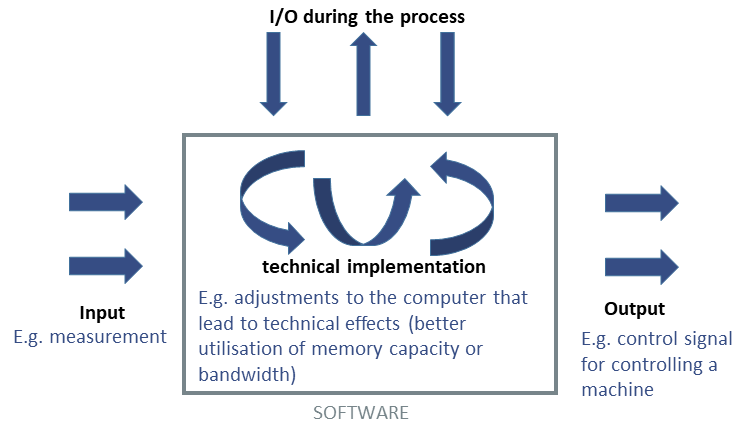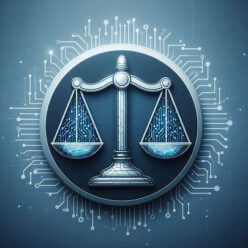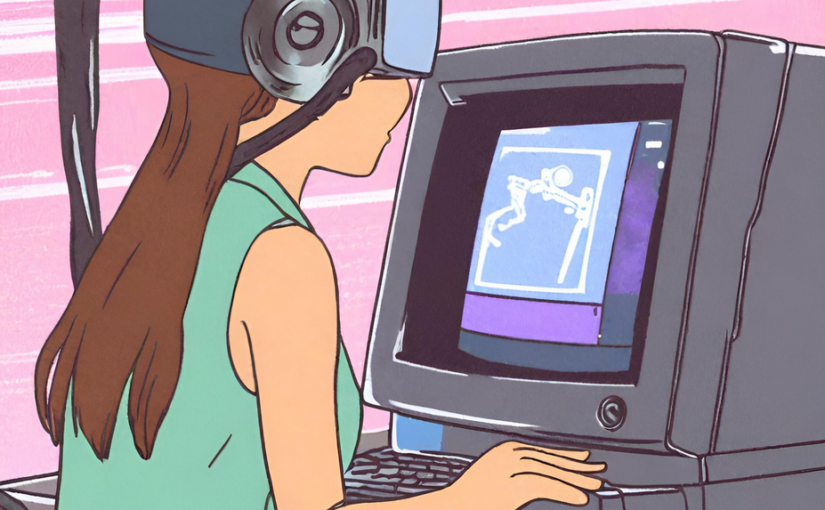In this case, a system for virtual testing and inspection of a virtual weldment was claimed. The system has, inter alia, no link to a “real” weldment and no technical implementation. Therefore, the non-technical features are not considered for inventive step and the system is not inventive.
Object of the Invention
- The claimed system renders a 3D image, which can also be an animated 3D image (of a virtual weldment) and processes this image by simulating testing and inspection of the virtual 3D weldment for a user training. It then displays the processed image and allows the user to move it around.
- Claim 1 differs from the closest prior art (general purpose computer) in that it is configured to display images of virtual weldments, of virtual testing of those virtual weldments, and of the results of the virtual testing on those virtual weldments. It can also determine a pass/ fail condition based on those results (for a user test).
Appellant
- The system processed virtual weldments and this indicated that it was part of a virtual reality system for generating the virtual weldments (VRAW system).
- The claimed system should therefore be considered as a feedback component of the VRAW system, which contributed to the generation of virtual weldments of better quality.
Board
- The claims do not define or suggest any connection or relation of the claimed system with the VRAW system.
- The board does not see the claimed system as a feedback component of the VRAW system
- Only a virtual weldment is generated, mainly for training purposes, and without any link to a particular “real life” weldment.
- It is not a sufficient condition that the simulation is based, in whole or in part, on technical principles underlying the simulated system or process (see G 1/19 e.g. points 1 and 2 of the Headnote).
- –> not inventive
Conclusion
The below figure shows according to G 1/19, point 85 and 86 how and when “technical effects” or “technical interactions” based on inter alia non-technical features may occur in the context of a computer-implemented process. In this decision the software/ non-technical features do not contribute to the technical character of the invention via the input data/ output data/ technical implementation. Therefore, the non-technical features are not considered for the assessment of inventive step.


